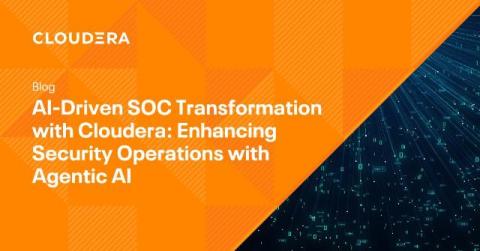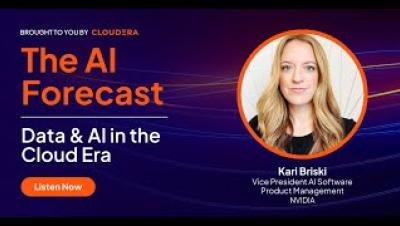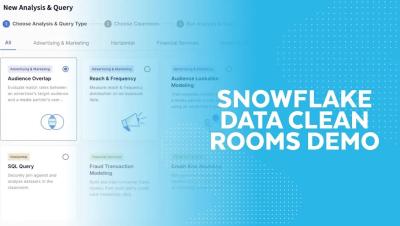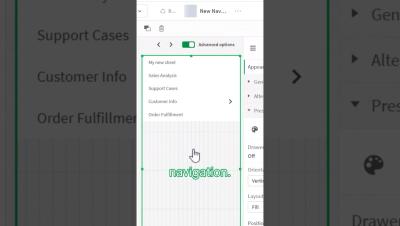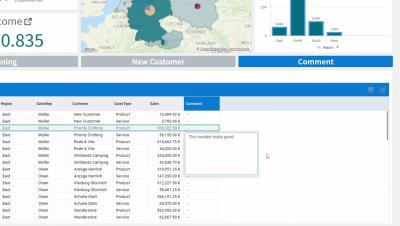AI-Driven SOC Transformation with Cloudera: Enhancing Security Operations with Agentic AI
Security Operations Centers (SOCs) are the backbone of organizational cybersecurity, responsible for detecting, investigating, and responding to threats in real-time. Yet, the increasing complexity and volume of cyber threats present significant challenges. SOC teams often grapple with alert fatigue, skill shortages, and time-consuming processes.


